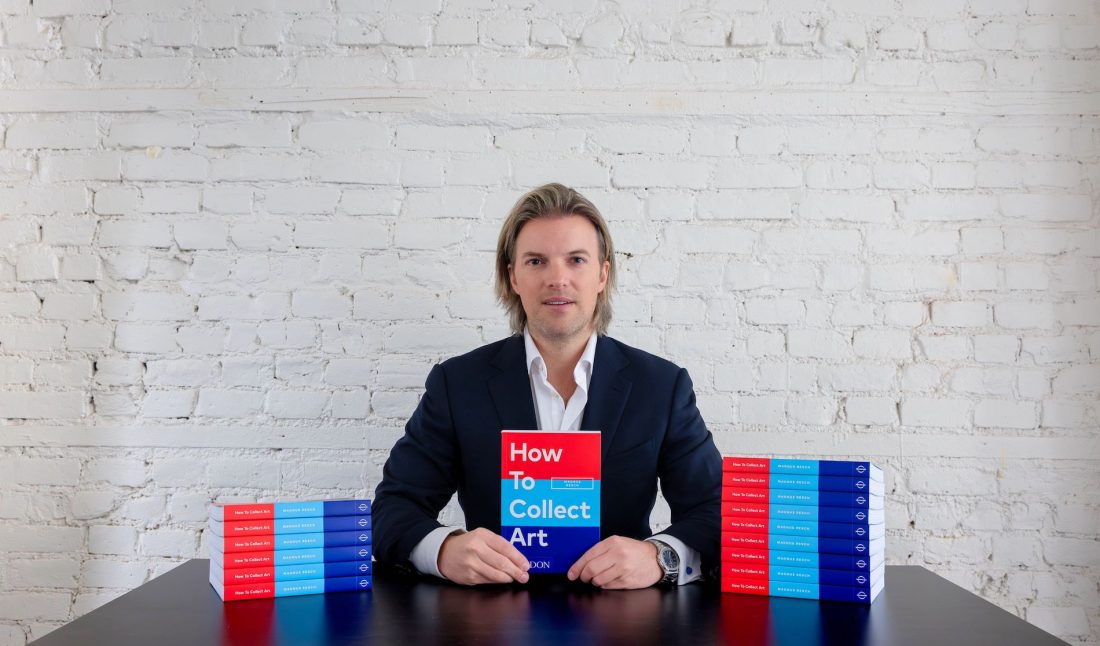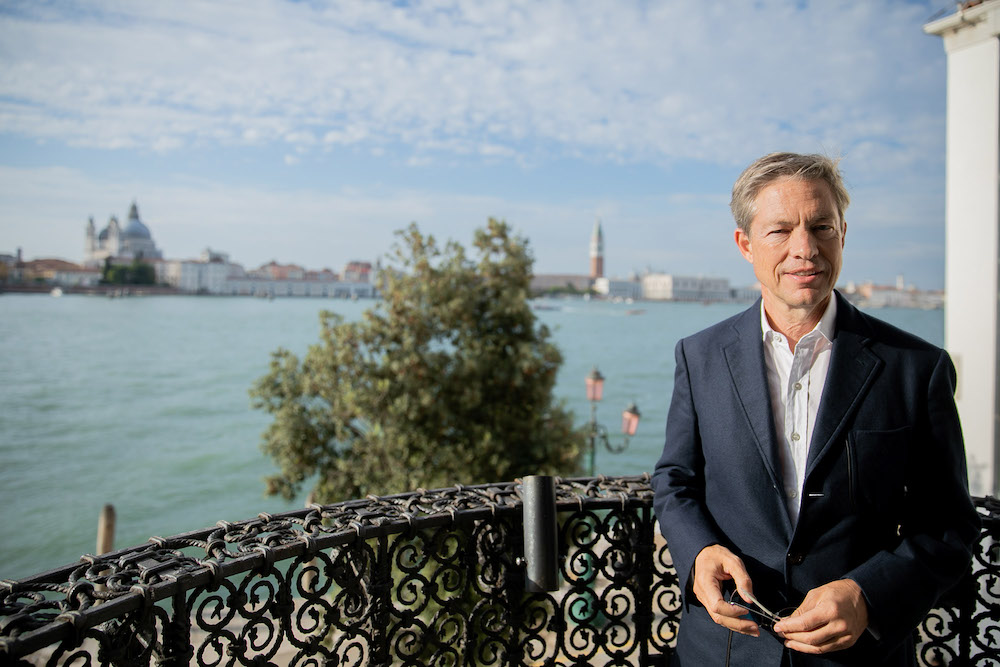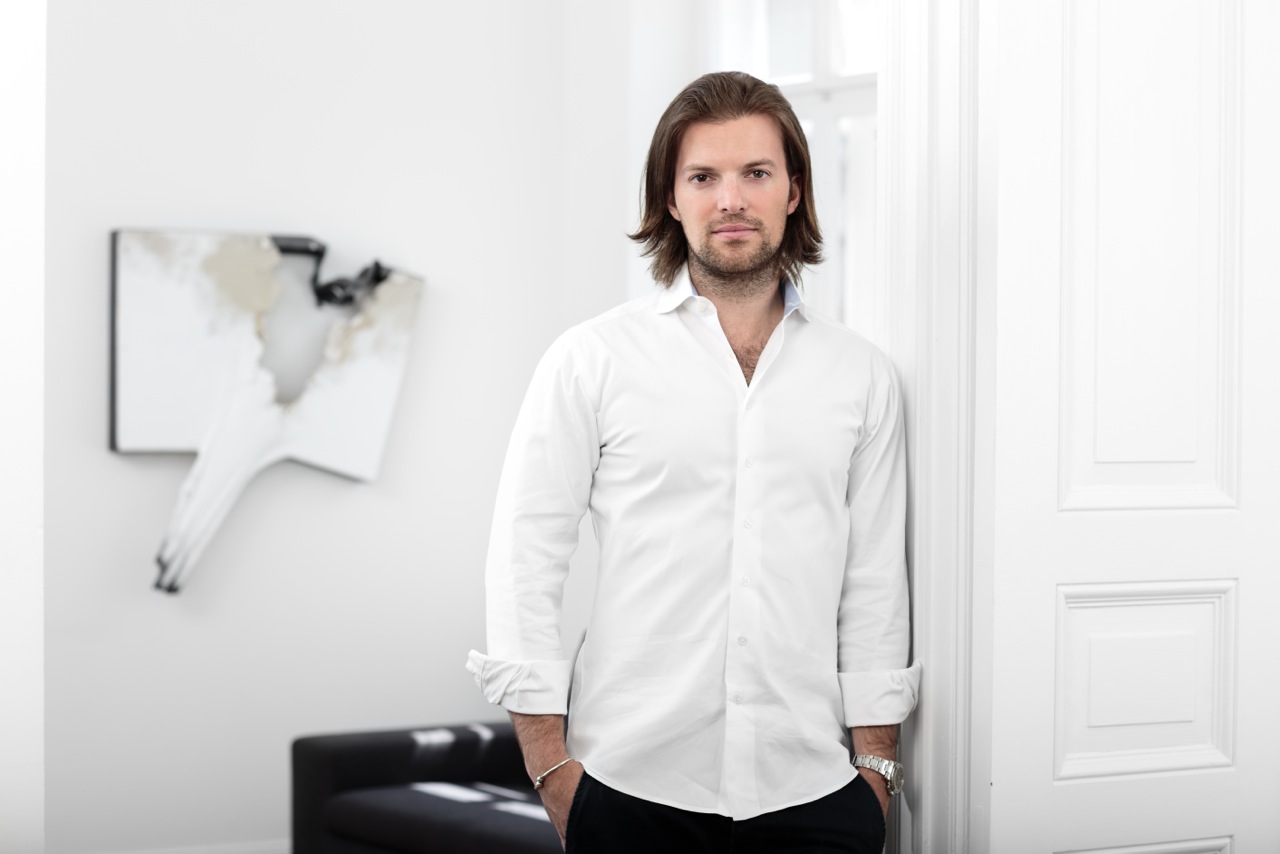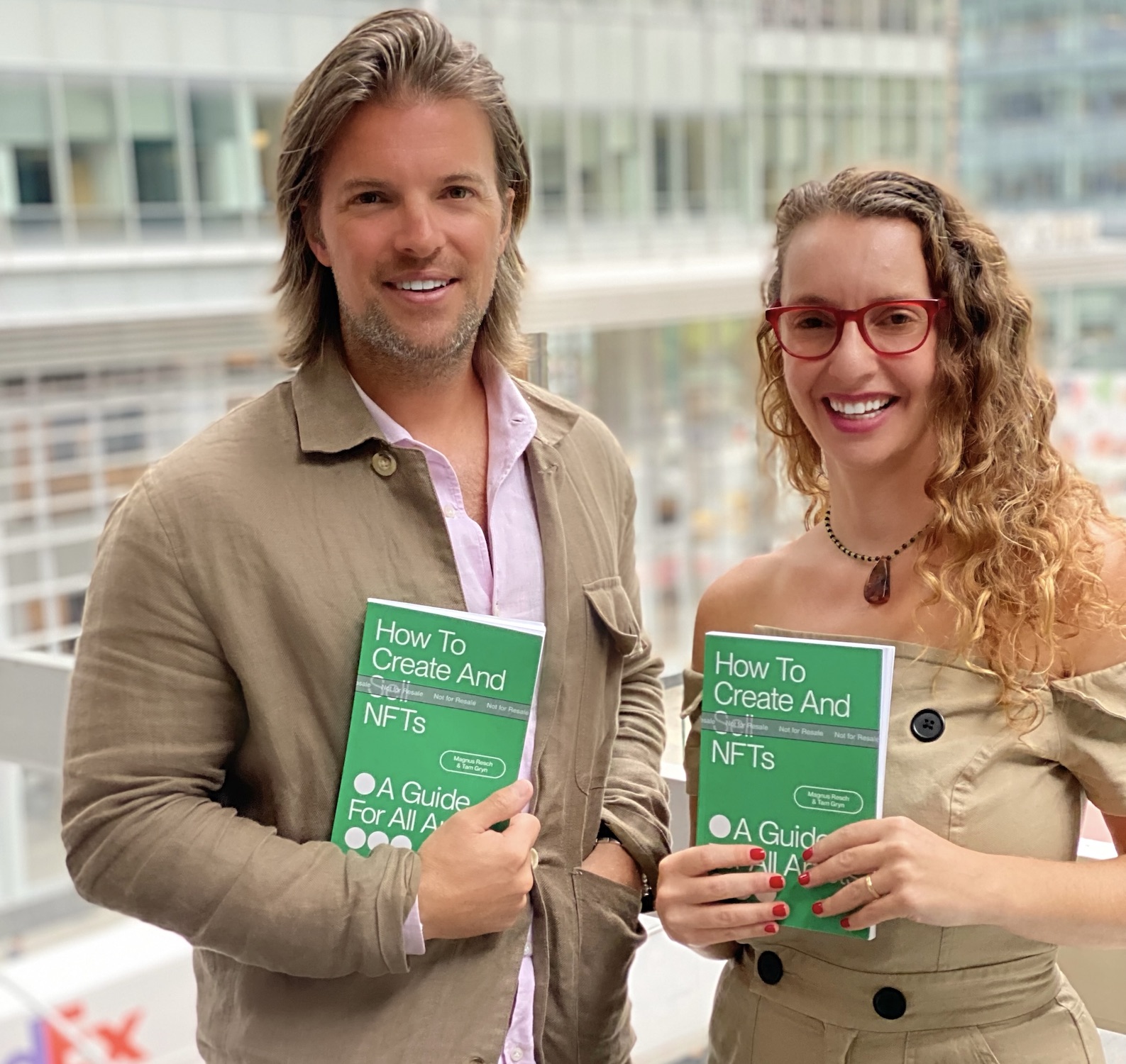The art world expert, best-selling author, and Yale University professor Magnus Resch has released his latest book, How to Collect Art. On stands now, the Phaidon-published title guides public art patrons through the process of buying art through Resch’s educational lens—from his ideologies on art as investments, “responsible” buying at fairs and auctions, personally working with advisors, and more.
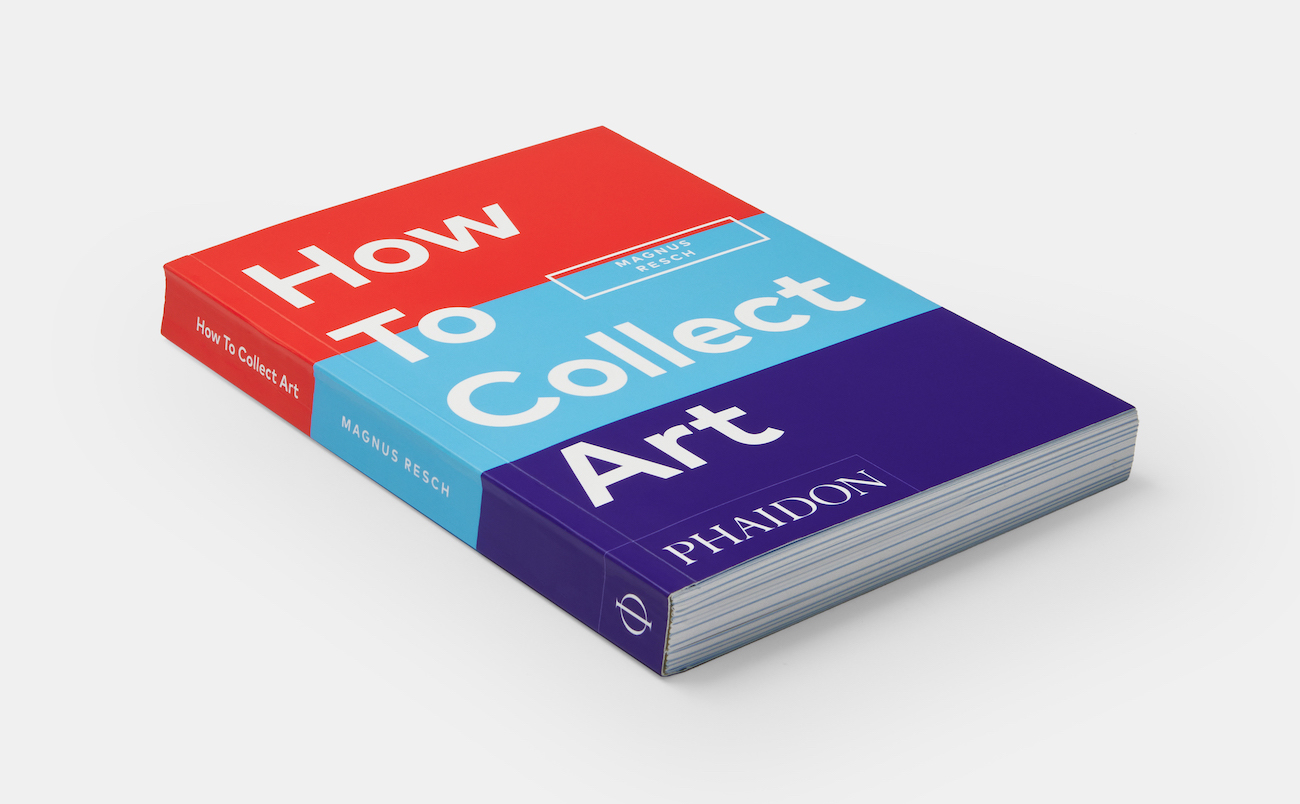 Courtesy of Phaidon and Magnus Resch.
Courtesy of Phaidon and Magnus Resch.
Magnus Resch’s New Book for Aspiring Collectors
Joining an array of other best-selling titles—like How to Become a Successful Artist and How to Create and Sell NFTs—Resch’s newest book also shares valuable insight into the world of collecting through case studies, extensive data research, and excerpts from experienced leaders in the field like the collector David Mugrabi, the advisor Amy Cappellazzo, the gallerist Jeffrey Deitch, and Christie’s CEO, Guillaume Cerutti.
How to Collect Art opens with an introduction by the art collector Pamela J. Joyner, featuring reflections on her processes of art buying and collecting, and why the importance of inclusive and diverse art collections are both institutionally and personally important. Chapters—including “Investing in Art,” “Navigating the Art Market,” “Collectors,” “Artists,” and “Auction Houses”—follow, providing transparent resources filled with data, case studies, and real-life reflections.
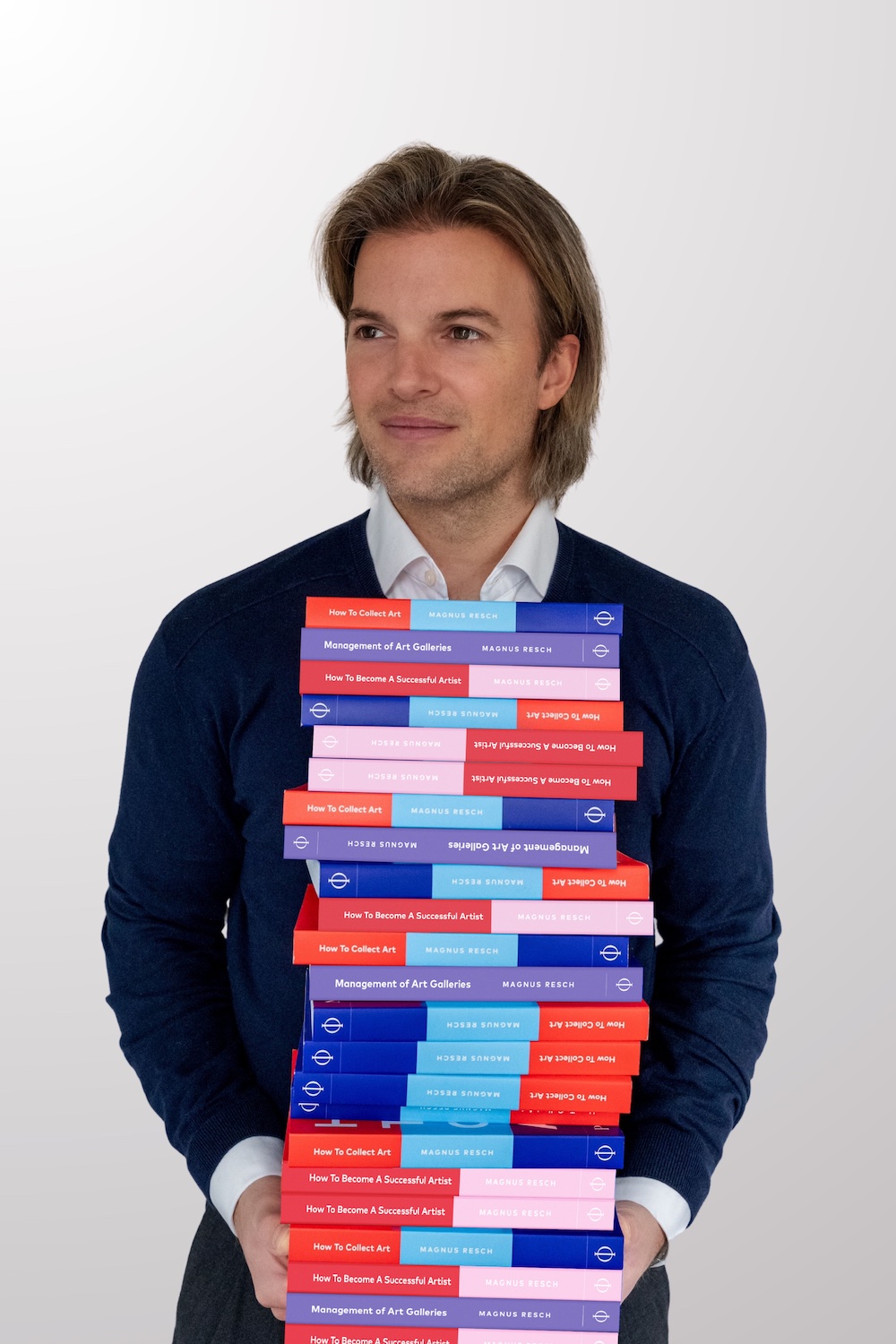 Courtesy of Magnus Resch.
Courtesy of Magnus Resch.
Resch shared with Whitewall how his interest and intention behind art collecting has evolved throughout his career, why he’s focused on “responsible” buying, and which artists and galleries are on his radar right now.
How to Collect Art Shares Art Insight and Data
WHITEWALL: Your latest title How to Collect Art is a guidebook for those interested in acquiring artworks. Its introduction dives into “Motivations and Strategies for Collecting.” Throughout your two decades of experience in the art world, how have your motivations or strategies evolved?
MAGNUS RESCH: My motivations for collecting have evolved over time. Initially, I was drawn to editions of renowned artists, believing that owning a piece by Hirst or Koons, even if it was just an edition, held significant appeal. As time went on, my focus shifted more towards the aesthetic aspect, selecting art from artists with whom I could personally connect. For me, it’s a way of doing good – with the added benefit of owning something I love and a story to share. This concept lies at the heart of my book: understand why you buy art and be informed how to buy. These findings are corroborated by prominent collections, such as that of collector Komal Shah who actively supports primarily female artists or Victoria Rogers who started the Black Trustee Alliance for Art Museums to help amplify Black voices within U.S. art museums.
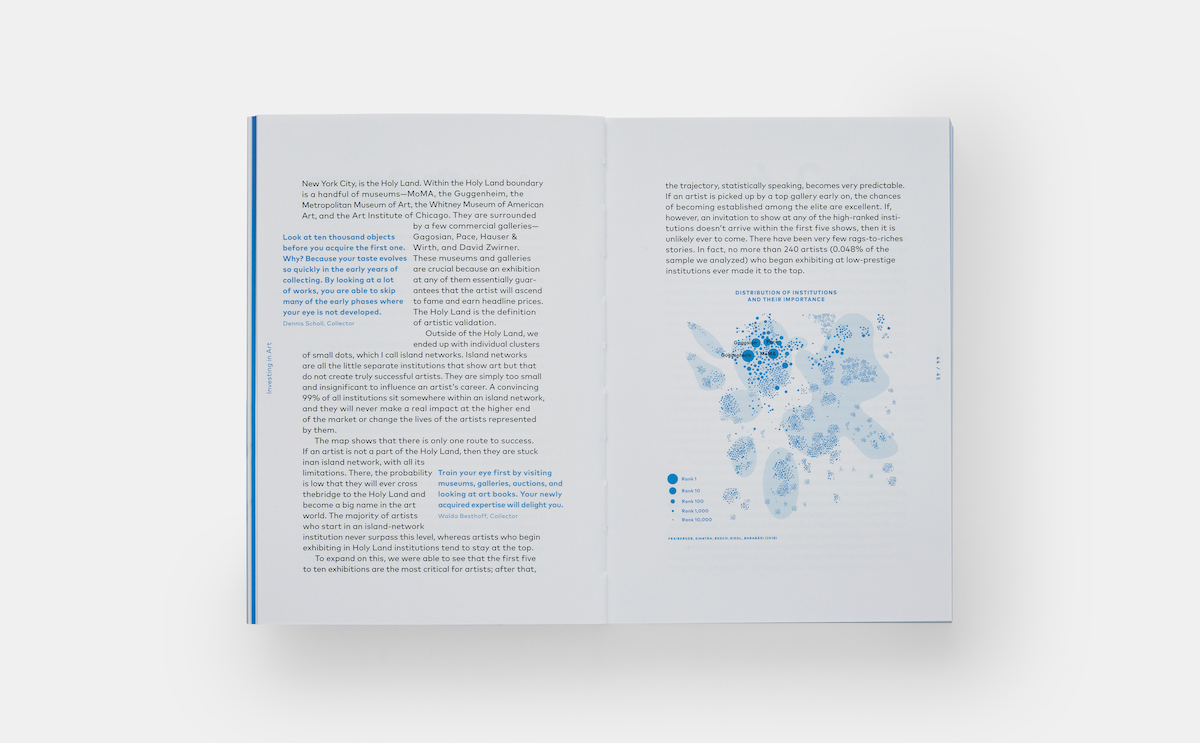 Courtesy of Phaidon and Magnus Resch.
Courtesy of Phaidon and Magnus Resch.
WW: The book speaks to “responsible buying.” Can you elaborate on what that is and how it supports artists and their communities?
MR: Responsible buying is the idea that buying art is not just an exchange of monetary value but also a philanthropic act. Far from putting money into an asset, I donate it, knowing that in all likelihood I won’t be able to resell the piece. But by buying it, I am supporting the artist so that she can continue creating art, which in turn inspires her artistic community to continue with this essential form of human creativity. Today, my collection has more than eighty pieces, and it’s growing.
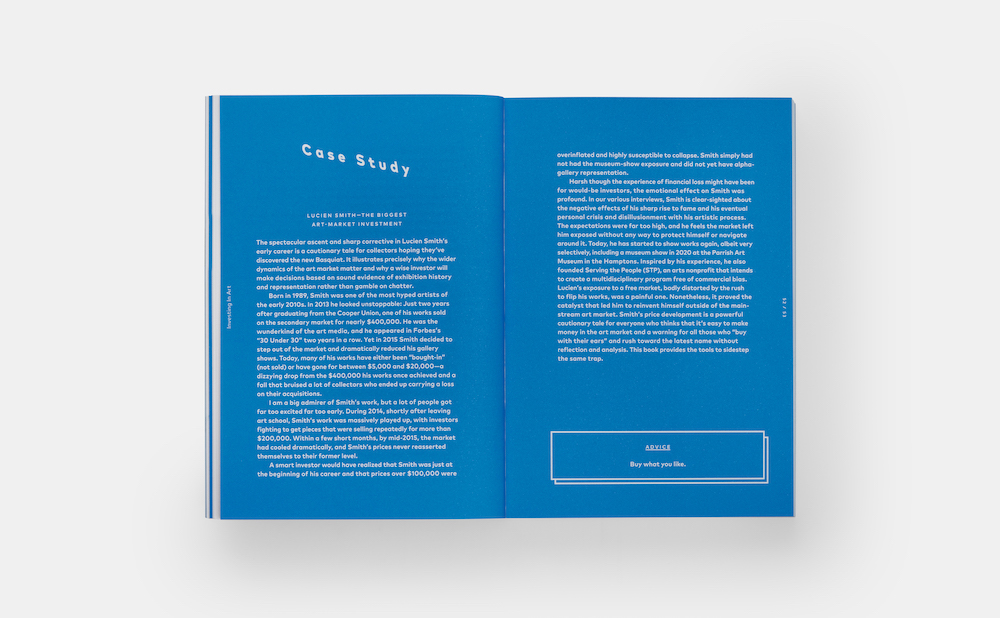 Courtesy of Phaidon and Magnus Resch.
Courtesy of Phaidon and Magnus Resch.
WW: How does this, rather than investing to maximize a return, embody a long-term, sustainable, or collective approach?
MR: In the most extensive research study conducted on art data, we analyzed 500,000 artists to uncover the factors contributing to an artist’s investment potential. Our findings revealed that only a small group at the pinnacle of the market, comprising select galleries, museums, and artists, truly merit investment consideration. Remarkably, 20 artists account for 50% of the total auction revenue. In my book, I identify these artists and galleries. But art, in my perspective, transcends being merely a financial asset and holds multifaceted value beyond monetary considerations.
Tips for Collecting Art
WW: Over the years, you’ve depended on a few points when approaching the market: Relying on data, looking at the market from a global perspective, and listening to experts in the field. What quick tips can you provide a beginner to do this?
MR: I’m an admirer of books like Boom by Michael Shnayerson, 7 Days in the Art World by Sarah Thornton, and The $12 Million Dollar Stuffed Shark by Don Thompson. While these books draw on anecdotal stories and personal experiences, my approach takes a different route by relying on data. My goal is not to impose my viewpoint but to present readers with an unbiased view and comprehensive summary based on rigorous and verifiable data analysis. Recognizing the inherent limitations of data, I complement it with interviews from over 200 art market experts. These include mega collectors such as Shelley and Philip Aarons, Beth Rudin DeWoody, Jorge M. Pérez, and Howard E. Rachofsky; museum directors like Adam Weinberg and Heidi Zuckerman; art fair founders like Touria El Glaoui; art dealers like Marc Glimcher, Adam Lindemann, Jeffrey Deitch, and Simon de Pury; art curators like Hans Ulrich Obrist; art advisors like Amy Cappellazzo; or artists like Julian Schnabel.
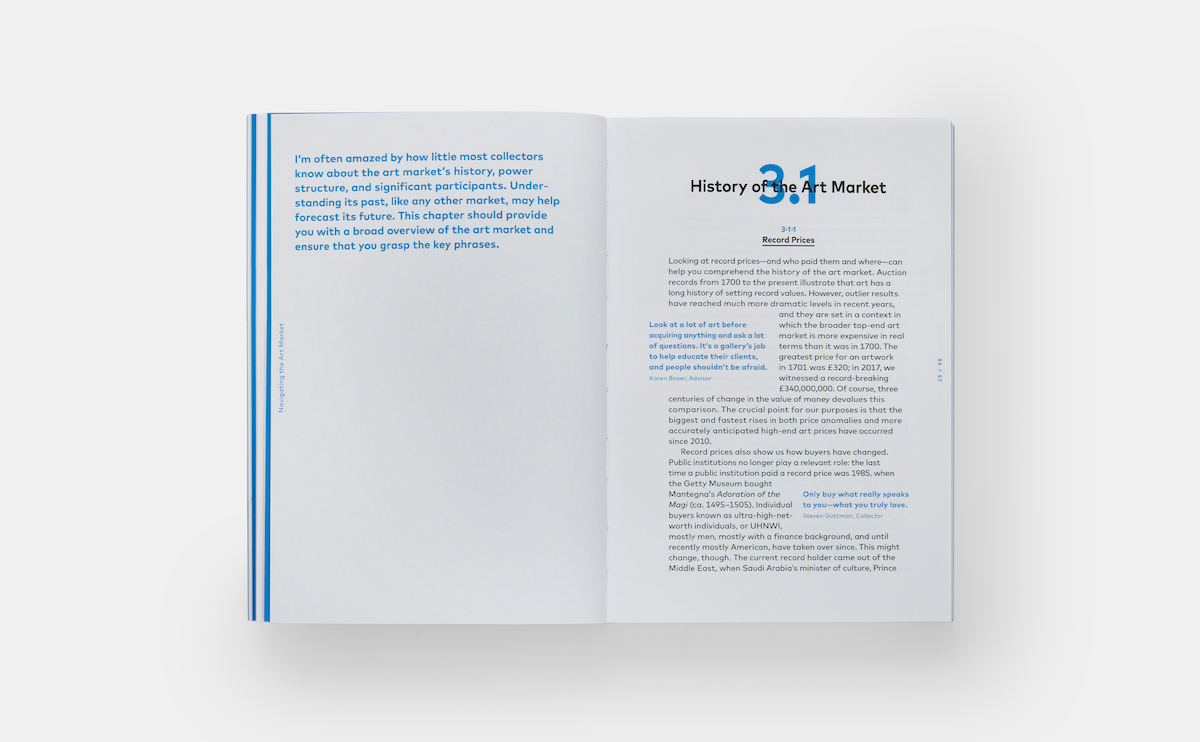 Courtesy of Phaidon and Magnus Resch.
Courtesy of Phaidon and Magnus Resch.
WW: You also wrote a book named How to Create and Sell NFTs. With the digital art landscape continuing to change, where do you feel multimedia works like NFTs fit into the larger collecting picture right now?
MR: I’ve always held a deep admiration for digital artists, although their market remains relatively small compared to painting, which commands over 90 percent of the art world’s value. The hype around NFTs brought attention to the blockchain technology, which is here to stay and holds the potential to revolutionize the art market in ways previously unattainable. That’s why I talk about it in the book. I believe that the intersection of digital art, cryptocurrency, and blockchain technology is poised to trigger a profound structural transformation in the art ecosystem.
This evolution will empower artists to exercise greater control over their creations, earning royalties from subsequent resales and lowering transaction costs. However, the full potential of these changes won’t occur immediately and will require the adoption of blockchain technology by other luxury industries initially, given the art market’s tendency to follow rather than lead as a first mover.
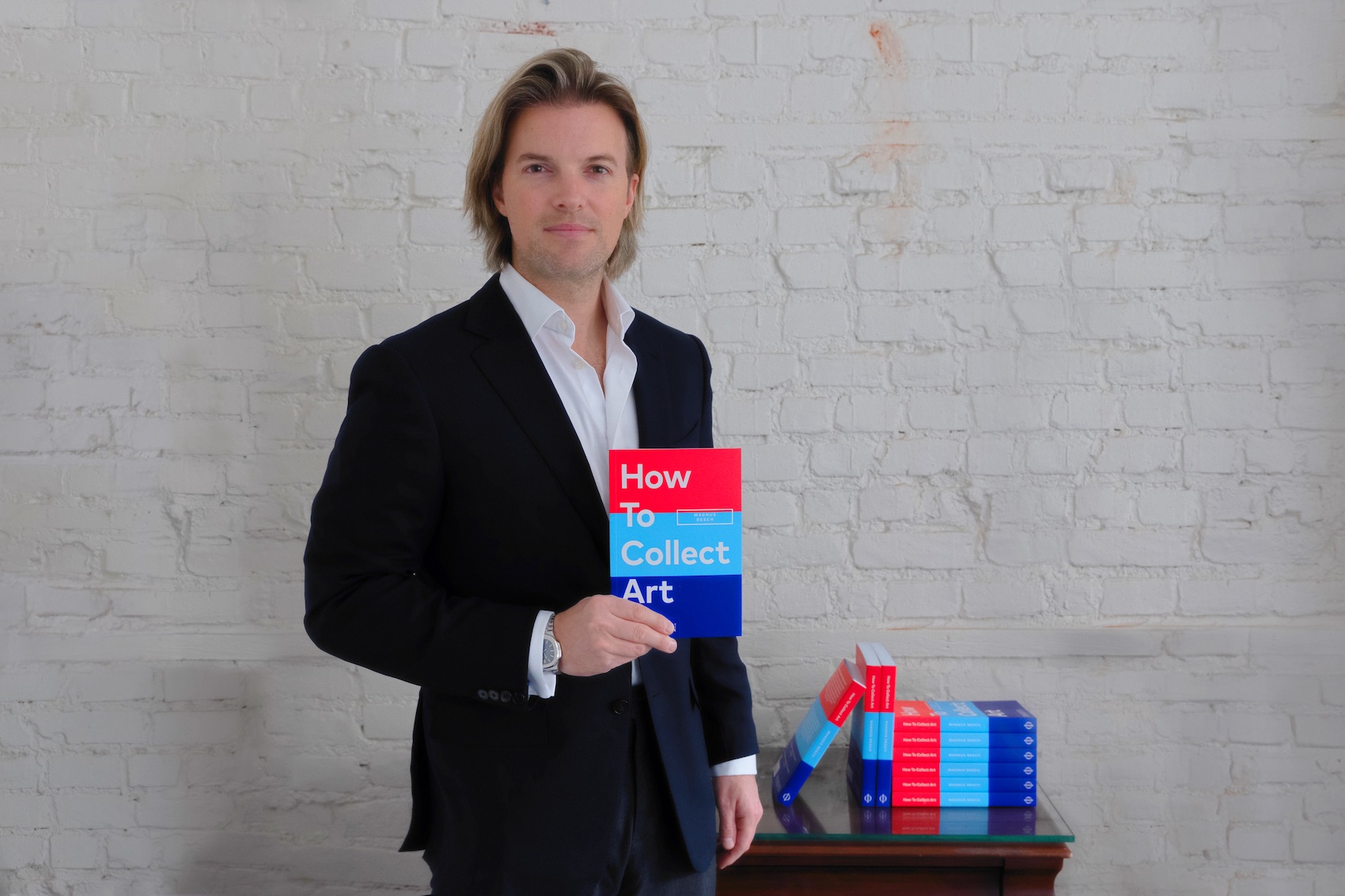 Courtesy of Magnus Resch.
Courtesy of Magnus Resch.
How to Navigate the Art Market
WW: You’re also a professor at Yale. What is the most important thing you’re teaching your students right now?
MR: In my courses at Yale, I teach art students from the Yale School of Art and MBA students from the Yale School of Management on navigating the art market. This unique course combines elements of both business and art, offering students a comprehensive perspective. Guest speakers—including Jeff Koons, KAWS, Beeple, Amy Cappellazzo, and many others—visit the class to share their insights and discuss with my students. Additionally, I foster networking opportunities between business and art students, providing them with a platform that may eventually lead to their first art purchase. Throughout the semester, we also embark on visits to art fairs, offering many students their first exposure to an art fair. My goal is to educate a new generation of art buyers and professional artists who know how to navigate the art world.
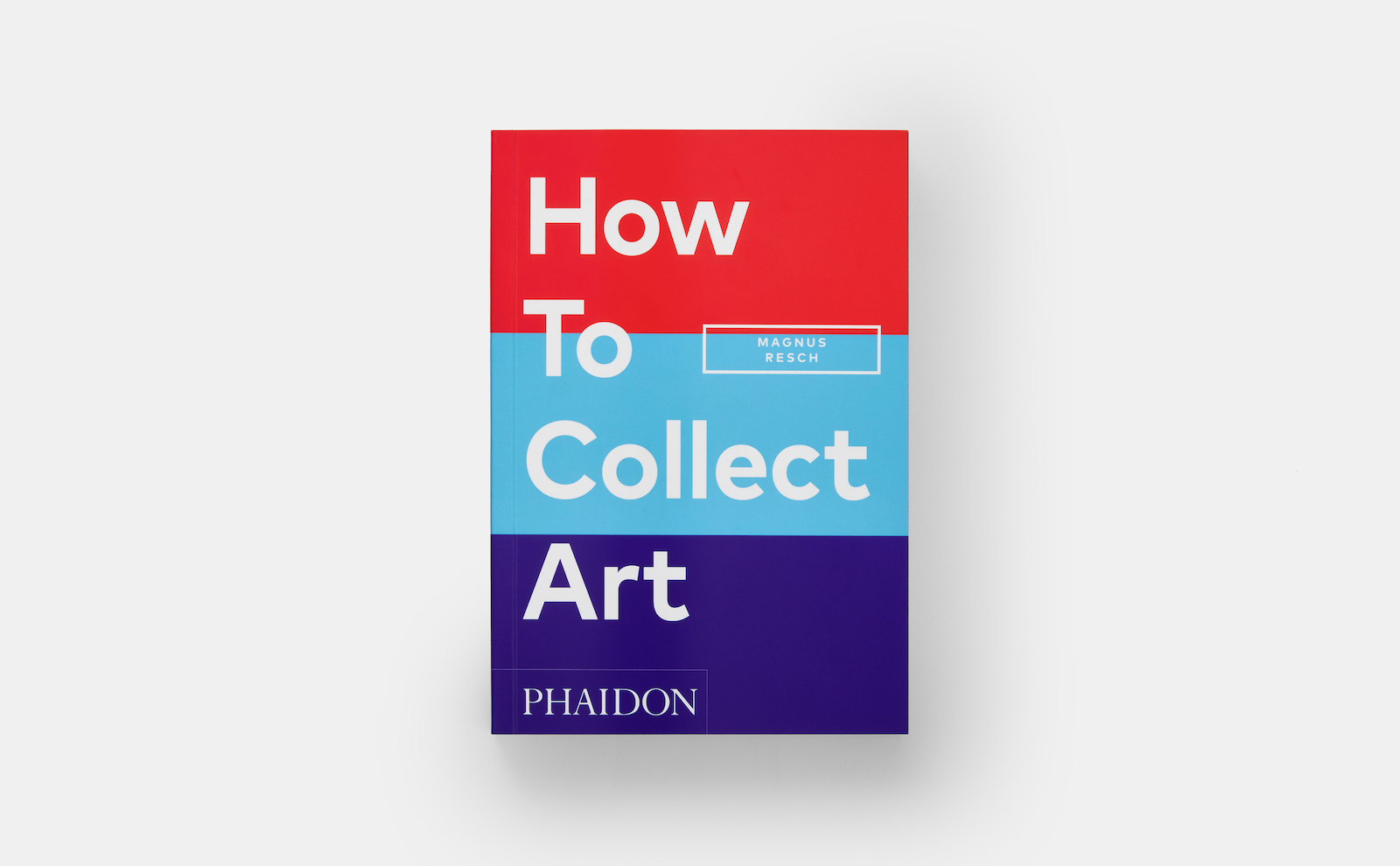 Courtesy of Phaidon and Magnus Resch.
Courtesy of Phaidon and Magnus Resch.
WW: What are two galleries you’re most interested in right now?
MR: It always varies because I get to see so much. Right now, Swivel Gallery in Brooklyn and Andrew Reed Gallery in Miami.
WW: Two artists?
MR: Maya Mason and Frank Holiday.
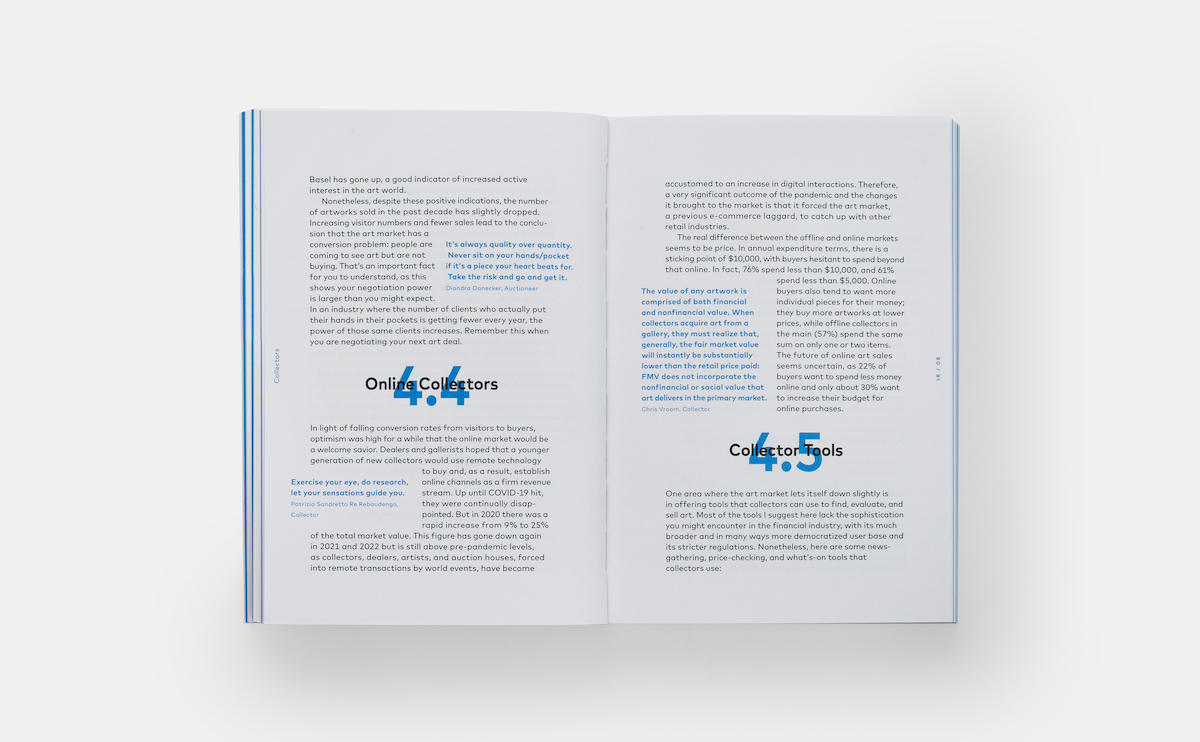 Courtesy of Phaidon and Magnus Resch.
Courtesy of Phaidon and Magnus Resch.
WW: What are you looking forward to in 2024?
MR: I hold an optimistic outlook for 2024. The art market has proven to be more resilient than anticipated, especially when dealing with high-quality works. I foresee a continued refinement in the ultra-contemporary category and a strengthening of the market in established positions throughout the year. I also remain hopeful that my book, along with various other initiatives observed in the art market, will contribute to converting more visitors into buyers. This is crucial for the art market’s vitality, so galleries, artists, advisors, museums, and auction houses can continue doing what they love.
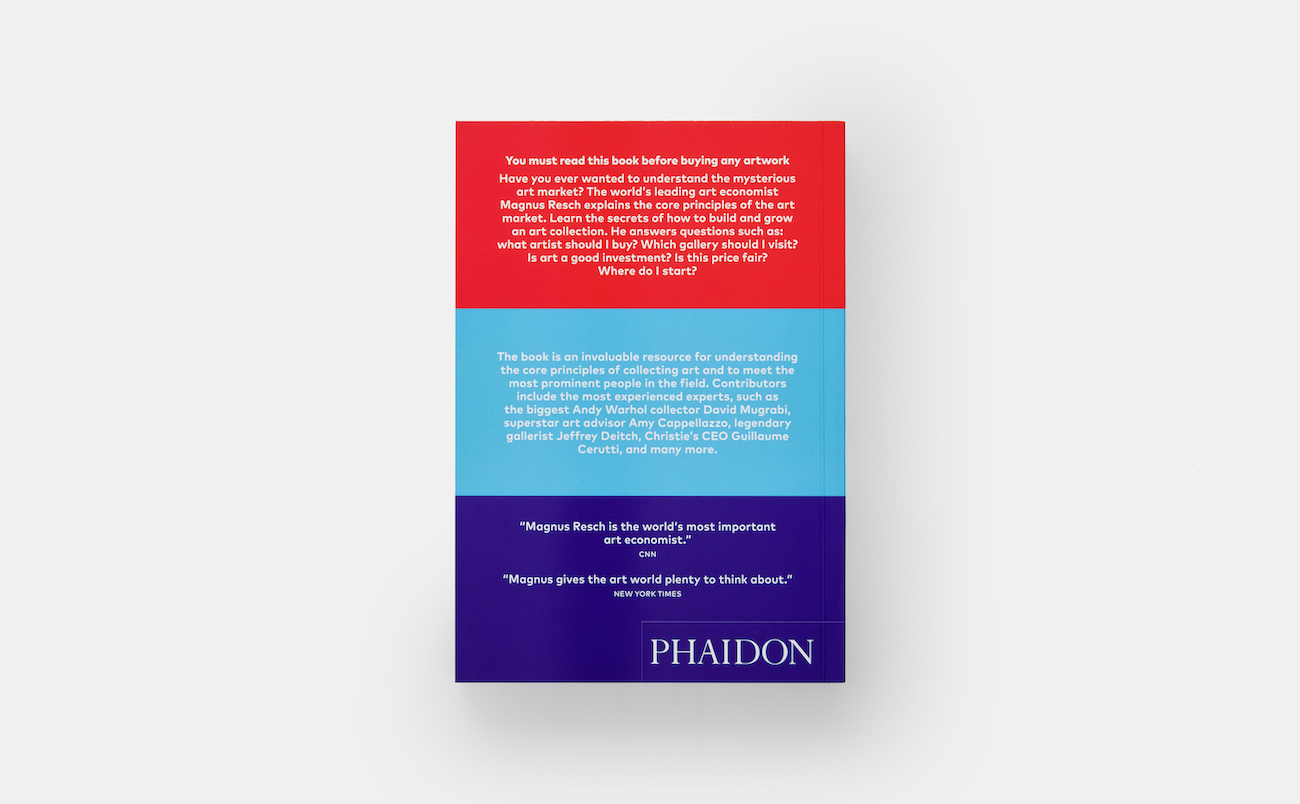 Courtesy of Phaidon and Magnus Resch.
Courtesy of Phaidon and Magnus Resch.






